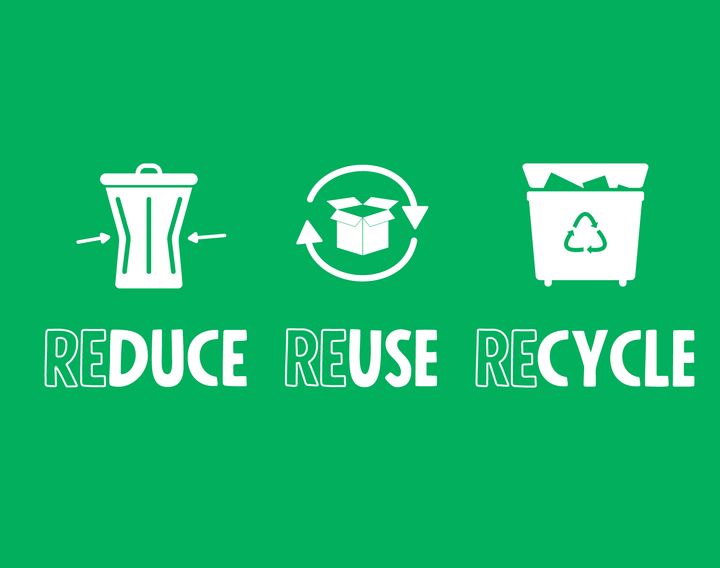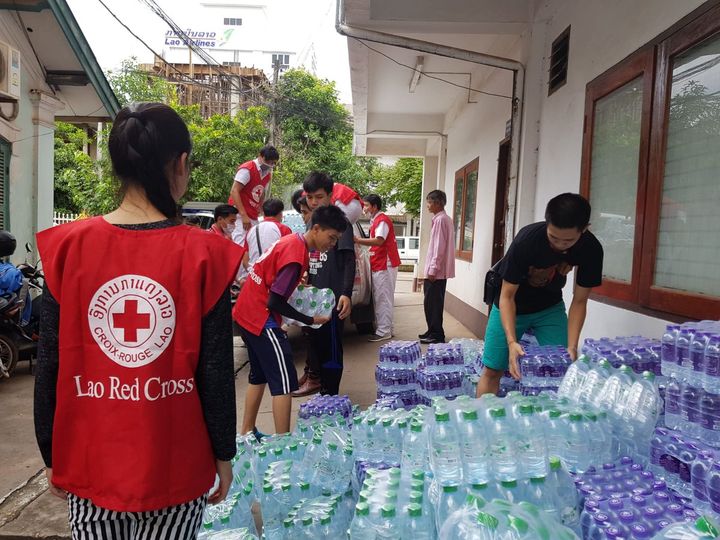Climate Action Now: The Urgent Need to Achieve SDG 13 for a Sustainable Future
Join the fight against climate change! Learn how SDG 13 can create a sustainable future for all. Read our blog to discover how YOU can make a difference
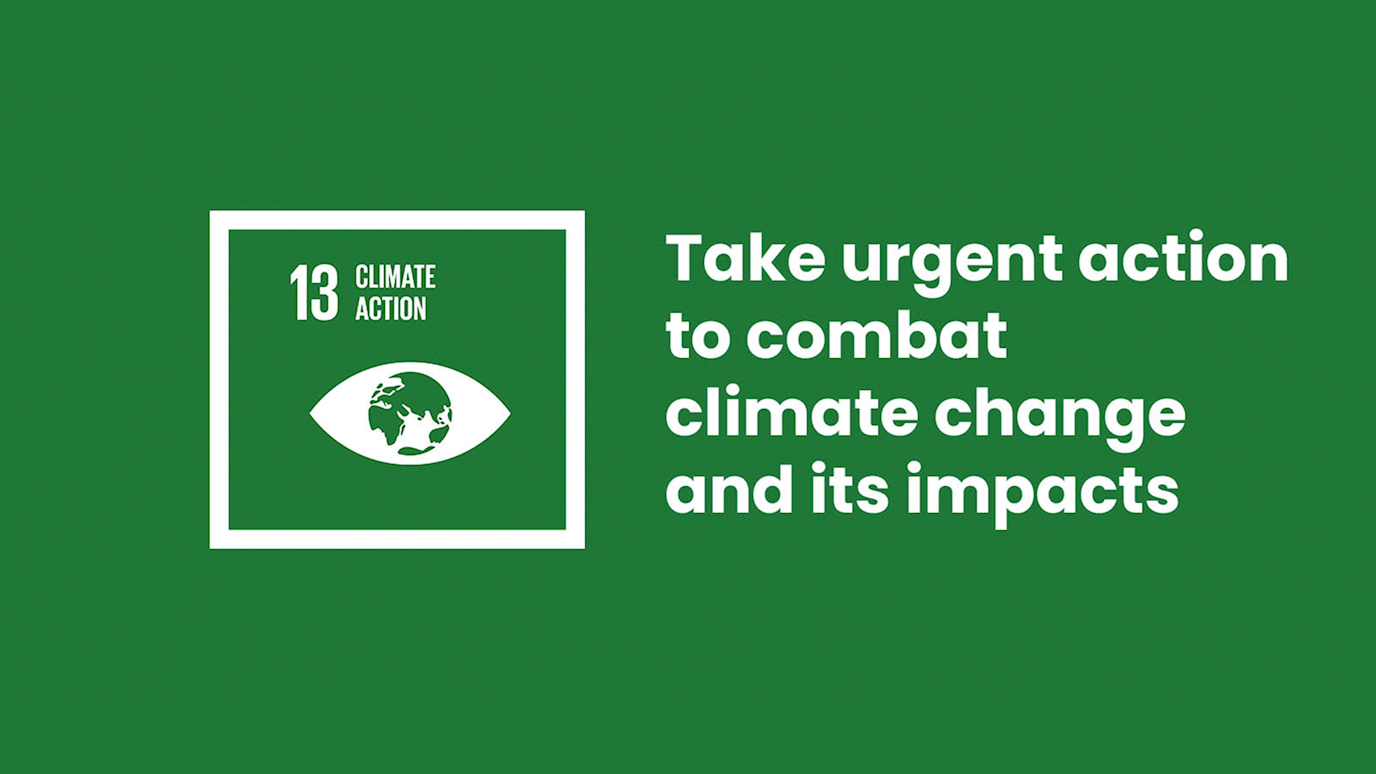
The Fight for our Planet
SDG 13One of the biggest issues facing our world today is climate change. The effects of climate change, including extreme weather, rising sea levels, and biodiversity loss, are having an increasingly negative impact on our daily lives. One of the 17 international goals formulated by the UN to address this urgent problem is SDG 13, known as Sustainable Development Goal for Climate Action.
SDG 13 is important because it emphasises the necessity of dealing with climate change and its effects on a global level. It acknowledges that climate change is a multifaceted problem that calls for coordinated action from all parties involved, including the public and private sectors, civil society, and individuals. In order to mitigate the effects of climate change and safeguard our planet for future generations, we must succeed in achieving SDG 13.
SDG 13 calls for immediate action to combat climate change and its effects. This entails lowering greenhouse gas emissions, boosting resistance to climate-related disasters, and encouraging sustainable development. The alarming rate of climate change serves as a reminder of SDG 13's significance. The past decade has been the warmest in history, according to the United Nations, 2019, 2020 and 2016 form the top 3 warmest years recorded. The fact that the global temperature is still rising and CO2 emissions have reached a new record suggests that the worst is yet to come.
The fact that the effects of climate change are felt disproportionately by vulnerable populations, especially those in developing countries, emphasises the urgency of achieving SDG 13. These groups are more vulnerable to the effects of climate change, such as increased flooding, droughts, and food insecurity, which can cause social instability, poverty, and eviction.
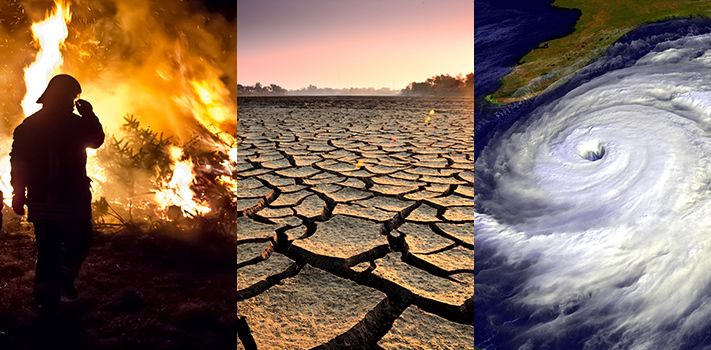
It is crucial to mobilise resources and efforts from all stakeholders to meet the goals set forth by SDG 13. Developed nations have pledged to the United Nations Framework Convention on Climate Change to pool $100 billion annually from all sources in order to meet the needs of developing nations while taking meaningful mitigation measures and being transparent about their implementation. Given that businesses are accountable for a sizeable portion of global emissions, the private sector is also essential in combating climate change. Businesses can help to mitigate the effects of climate change by incorporating sustainability into their operations and investing in low-carbon technologies.
Urgent Action to Combat Climate Change and Its Impacts
Climate change is a long-term change in weather patterns brought on by an increase in the planet's average atmospheric temperature, primarily as a result of human activities like burning fossil fuels, deforestation, and industrial processes that release greenhouse gases (GHGs). The effects of climate change, such as rising sea levels, more frequent and severe weather events, droughts, wildfires, and heatwaves, are already being felt around the world.
SDG 13's first goal is to combat climate change and its effects as soon as possible. This goal aims to pursue efforts to keep the temperature increase to 1.5°C, as recommended by the Intergovernmental Panel on Climate Change, and keep the increase in global average temperature below 2°C above pre-industrial levels (IPCC).
To combat climate change, greenhouse gas emissions must be reduced. The reduction of GHGs can be accomplished in a number of ways, including:
- Switching to renewable energy sources like geothermal, solar, and wind.
- Using energy-efficient buildings, vehicles, and appliances to promote energy efficiency.
- Promoting the use of bicycles, walking, and public transportation.
- Enhancing industrial techniques and technologies to cut down on greenhouse gas emissions.
- To remove carbon dioxide from the atmosphere, planting trees and restoring degraded forests are recommended.
- Do the WWF carbon footprint calculator to be aware of what you are contributing and potential ways to reduce it.
These actions could aid in lowering GHG emissions and averting the worst effects of climate change.
Sustainable development is essential to achieve SDG 13. It seeks to strike a balance between environmental protection, social development, and economic growth. The use of renewable energy sources, the reduction of waste and pollution, and the preservation of biodiversity are all promoted by sustainable development. Building resilience to climate-related disasters, such as floods and hurricanes, requires both infrastructure investment and disaster preparedness. We can address the underlying causes of climate change and create a more sustainable future for everyone by promoting sustainable development.
Increasing Resilience to Climate-Related Disasters
Disasters brought on by or exacerbated by climate change can have an impact on ecosystems and human lives. Extreme weather occurrences like heatwaves, floods, droughts, hurricanes, and wildfires are among them. The frequency and severity of these events are anticipated to increase due to climate change, and they are likely to have significant effects on the economy, society, and environment in the ensuing decades.
"Integrate climate change measures into national policies, strategies, and planning" is the second goal of SDG 13. This objective aims to guarantee that nations are ready to handle climatically related disasters and their long-term effects. Additionally, it encourages the adoption of climate-resilient measures that can aid in the adaptation of communities and ecosystems to climate change.
Countries and communities can implement a variety of measures to increase resilience to disasters related to climate change. Several instances include:
Disaster risk reduction: Disaster risk reduction entails determining how communities and ecosystems are vulnerable to climate-related disasters and taking steps to lessen those risks. As an illustration, creating sea walls to prevent flooding or utilising crops adapted to drought conditions to lessen the effects of droughts on agriculture.
Early warning systems: This entails the creation and application of tools that can detect and notify communities of impending disasters caused by climate change. Putting in weather stations or using mobile phones to send out alerts are two examples.
Adaptation measures: Implementing adaptation strategies entails taking actions that can assist communities and ecosystems in adjusting to climate change, such as altering agricultural practises, enhancing water management, or constructing infrastructure that is climate resilient.
The Integrated Risk Management (IRM) project in Bangladesh is one illustration of a successful initiative to improve resilience to climate-related disasters. The United Nations Development Programme (UNDP) is funding this project, which aims to strengthen the nation's capacity to respond to natural disasters like floods and cyclones. It accomplishes this by enhancing early warning systems, enhancing infrastructure, and increasing local communities' ability to respond to disasters. Since its start, the project has significantly lessened the effects of disasters and saved a lot of lives.
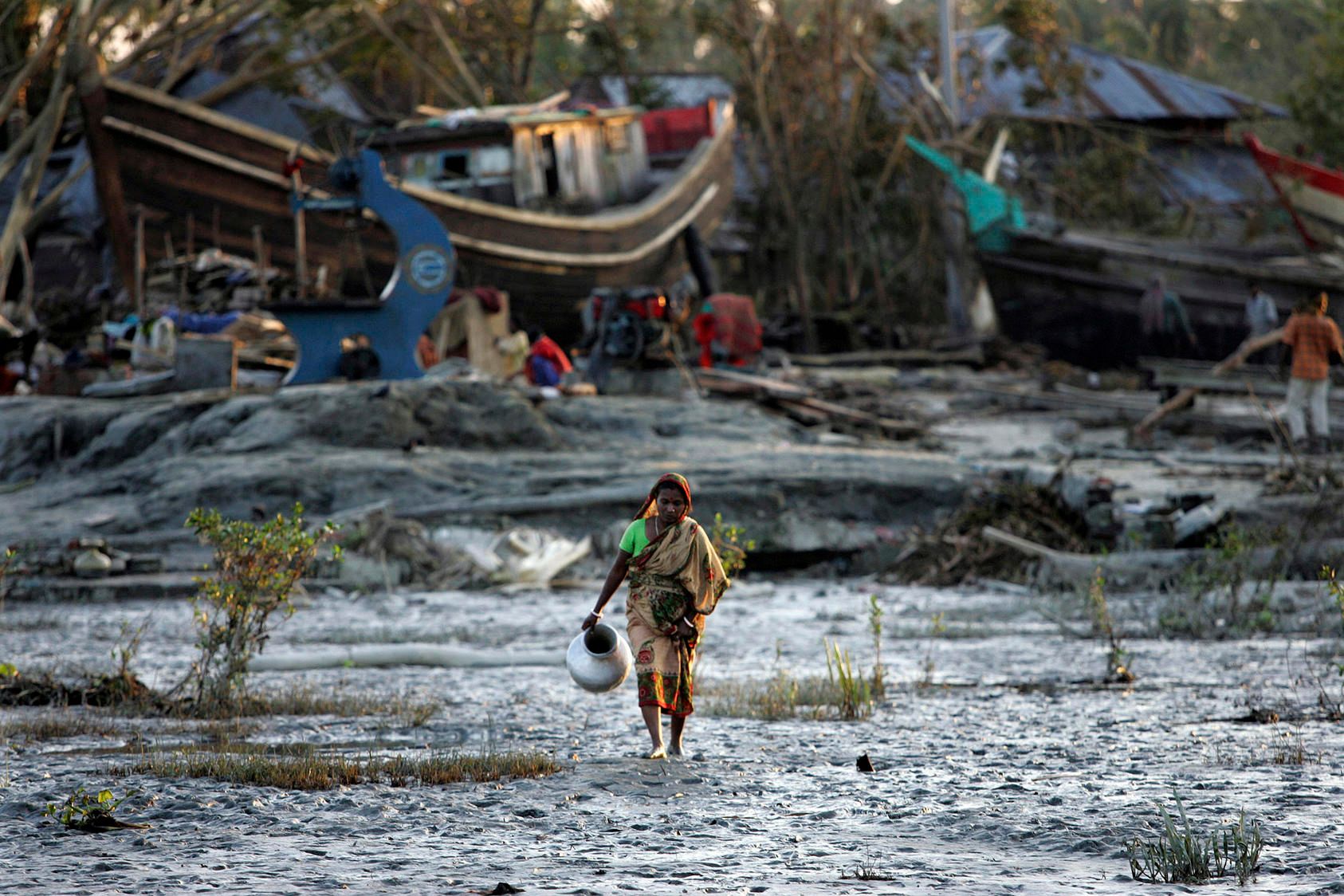
Promoting Sustainable Development
Through the incorporation of climate change mitigation measures into national policies and strategies, SDG 13's third target seeks to advance sustainable development. Promoting low-emission, climate-resilient development strategies can have long-term advantages for the environment, society, and the economy.
It is imperative to encourage sustainable development because it can reduce the effects of climate change while also having positive economic and social effects. According to a report by the Global Commission on the Economy and Climate, investing in sustainable development could generate $26 trillion in economic benefits by 2030 and create over 65 million new jobs. Additionally, sustainable development methods can support gender equality, better health and education, and a reduction in poverty.
At the local, state, and federal levels, as well as on the global stage, there are numerous examples of sustainable development practises that can be used. For instance, Copenhagen has implemented an ambitious plan to become carbon-neutral by 2025 by investing in clean energy and sustainable transportation systems. By generating 99% of its electricity from renewable sources and putting reforestation programmes in place, Costa Rica has also made significant strides towards promoting sustainable development.
Additionally, sustainable agriculture methods like conservation farming and agroforestry can help to increase biodiversity, improve soil health, and lower greenhouse gas emissions. For instance, in Kenya, the "Climate-Smart Agriculture" programme has assisted farmers in implementing environmentally friendly agricultural practises like crop rotation and intercropping, which have increased crop yields and improved soil health.
The Role of Business in Achieving SDG 13
Businesses are essential in the fight against climate change. They can affect consumer behaviour and market trends in addition to being a significant contributor to greenhouse gas emissions. Therefore, it is the duty of businesses to take proactive steps to lessen their carbon footprint and support sustainable practises. This can be accomplished by utilising environmentally friendly policies, renewable energy sources, and sustainable supply chains.
Without the participation and cooperation of businesses, SDG 13 cannot be accomplished. The importance of the private sector in building a more sustainable future is acknowledged by the UN. Sustainable business practises, according to the UN Global Compact, can result in long-term growth, lower costs, improve brand reputation, and reduce risk. Businesses can improve their bottom line while also having a positive effect on the environment and society by prioritising sustainability.
Examples of Sustainable Business Practices:
Patagonia
The well-known outdoor apparel brand Patagonia has made sustainability a top priority. The business has put into place a number of green practises, such as using recycled materials, cutting waste during production, and utilising renewable energy. Patagonia also runs numerous campaigns to increase public awareness of environmental issues and donates 1% of its annual sales to environmental causes.
Unilever
A multinational manufacturer of consumer goods, Unilever, has set high standards for sustainability. By reducing emissions and removing more carbon from the atmosphere than it emits, the company intends to become carbon positive by 2030. Additionally, Unilever has committed to only using sustainable ingredients and enhancing the lives of the farmers who provide them.
Swansea University
Swansea University has put in place a number of sustainable practises as part of its commitment to achieving SDG 13. Since 2010, the university has invested in renewable energy sources like solar panels and biomass boilers, reducing its carbon emissions by 37%. Swansea University also provides a variety of courses and research opportunities with a sustainability focus, and it has founded a Green Futures Society to encourage sustainable behaviour among faculty and staff.
Businesses are essential to the achievement of SDG 13 and the fight against climate change. Businesses can lower their carbon footprint, increase profits, and help create a more sustainable future by implementing sustainable practises. Sustainable practises are feasible and can result in long-term success, as demonstrated by examples like Patagonia, Unilever, and Swansea University. To have a positive effect on society and the environment, businesses must prioritise sustainability.
The Importance of SDG 13 in the Current Climate
The environment and human lives are being severely impacted by the unprecedented level of climate change that the world is currently experiencing. Climate change is now an urgent crisis that needs to be addressed immediately rather than being a problem for future generations. SDG 13, which focuses on addressing climate change, is now more crucial than ever.
The Intergovernmental Panel on Climate Change (IPCC) estimates that since pre-industrial times, global temperatures have already increased by 1.2°C. Extreme weather events, ocean acidification, and sea level rise are just a few of the widespread effects of this increase. According to the IPCC, failure to keep global warming to 1.5°C will have catastrophic and irreversible effects.
The COVID-19 pandemic has brought attention to how interconnected various global issues are, such as climate change. Although the pandemic caused greenhouse gas emissions to decline temporarily, this is not a long-term solution to stop climate change. Systematic changes are required to ensure sustained emissions reductions.
Negative consequences result from not achieving SDG 13. As a result of climate change, ecosystems will continue to disappear, agricultural productivity will decline, and severe weather events will become more frequent. Vulnerable groups, such as low-income areas and developing nations, will be disproportionately impacted by these effects. Progress towards other SDGs, such as eradicating poverty, increasing access to clean water and sanitation, and promoting sustainable cities and communities, will be hampered if SDG 13 is not achieved.
The protection of ecosystems, the preservation of biodiversity, and the avoidance of hazardous weather events are just a few advantages of achieving SDG 13. SDG 13 offers a chance to move towards a resilient, sustainable economy that supports energy security, green jobs, and sustainable development. The other SDGs of no poverty, zero hunger, and good health and wellbeing will all benefit from achieving SDG 13 as well.
Final Thoughts
SDG 13 must be accomplished in order for our planet to survive and for its inhabitants to live in peace. Global climate change impacts are already being felt, and immediate action is required to mitigate them. To build a more sustainable future, it is crucial that we all contribute to promoting sustainable behaviours and lowering greenhouse gas emissions. This can be accomplished by promoting policies that prioritise climate action, encouraging sustainable business practises, and modifying our daily activities to leave a smaller carbon footprint.
We all have the ability to change the world as individuals. We can help the fight against climate change by implementing small adjustments in our daily routines, like cutting back on waste and using less energy. Additionally, it is crucial to inform ourselves and others about the significance of SDG 13 and how our actions affect the environment.
So let's all promise to support and advocate for policies that put climate action first while also implementing sustainable practises into our daily lives. We can contribute to building a more sustainable future for future generations by doing this and help our one and only planet.


